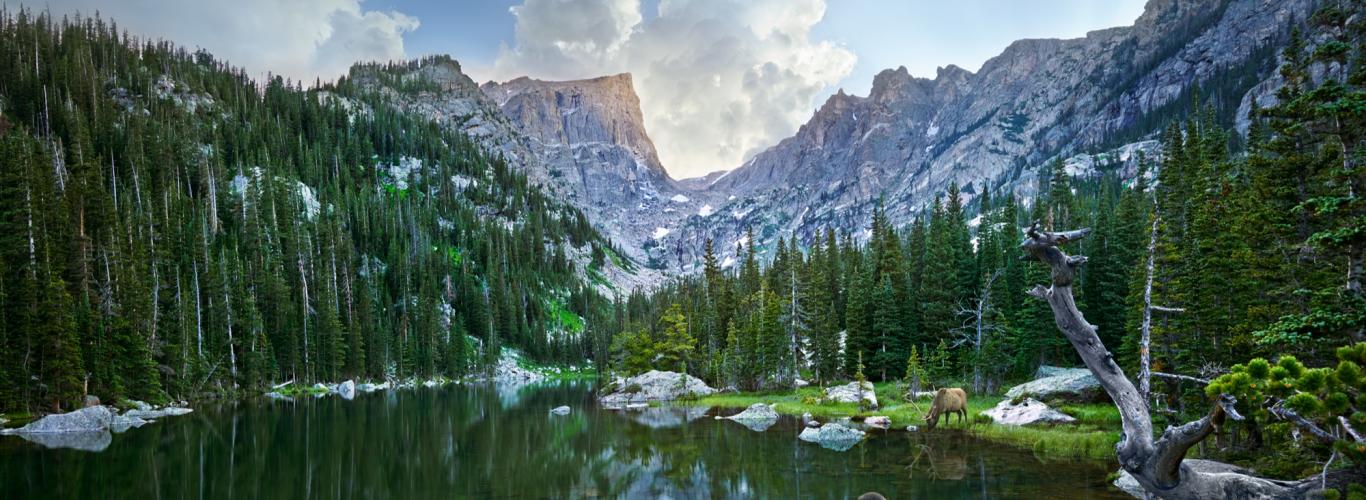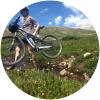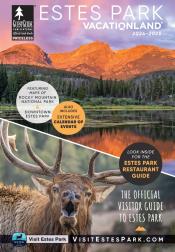Spoiler alert: It’s more than you think.
In the Rockies, “spring” is a relative term. Winter’s grasp may have loosened, but summer’s golden glory is still a ways off. That’s life in the mountains. In fact, March is Colorado’s snowiest month—and April isn’t far behind.
So, while much of the rest of the country is beginning to chase cherry blossoms and wearing shorts to the picnic, we’re still wearing pants and puffy jackets. But spring is absolutely one our favorite times to get outside (yes, we’re biased)—this transitional season allows you to chase snow, find sunny rock to climb, or perhaps find the season’s first dry trails; there is something for just about every outdoor palette.
The weather at lower elevations may be springtime-warm with leaves on the trees but don’t get stuck in the cold at higher elevations. Here’s how to pack a daypack to make the most of your springtime trip to the mountains.
- Puffy jacket (packs small—you’ll never regret it)
- A waterproof/breathable shell
- Beanie or winter hat
- Neck gaiter or balaclava
- Mid-weight gloves
- Hiking boots
- Gaiters in case of deep snow
- Micro spikes
- There may not be snow in town, but trails are often still snowy and icy particularly on shady aspects. Having a pair of micro spikes to slip on over your hiking boots or snow boots could mean the difference between an awesome spring hike and turning back prematurely.
- Trekking poles
- On a slippery spring day they’ll add extra stability, especially when coupled with micro spikes.
- Pants
- Yes, pants. There is nothing worse than being surprised, and therefore cold and miserable, due to unexpected cold mountain weather.
- Layers
- Dress in layers and add and subtract clothes as conditions change. Wear your base layers, add mid layers and outer layers to keep you warm or protect you from the wind, rain, or snow.
- Water and snacks
- Always important when going into the backcountry, no matter how far.
- Means of navigation
- A map and compass, for example. There is no cell service in the mountains, so don’t count on your phone to get you where you want to go.
- Sun protection
- A hat, sunglasses and sunscreen are highly recommended. The sun shines brightly in the mountains and reflects fiercely off the snow – snow blindness is real! And no one wants to look like a sunburnt raccoon after a long day exploring.
- Headlamp
- Just in case!
- Camera
- The trails are packed full of Insta-worthy shots to fill your feed with! Follow us @VisitEstesPark if you're looking for some extra inspiration.
The car you drive to the mountains is something to consider as well; one capable of driving in the snow is a must. Spring snow storms may come unexpectedly, or if a storm is expected, may bring more snow than was predicted. The warm, wet spring snow can create a tricky driving situation. It is best to be prepared with an all-wheel or four-wheel drive vehicle.





